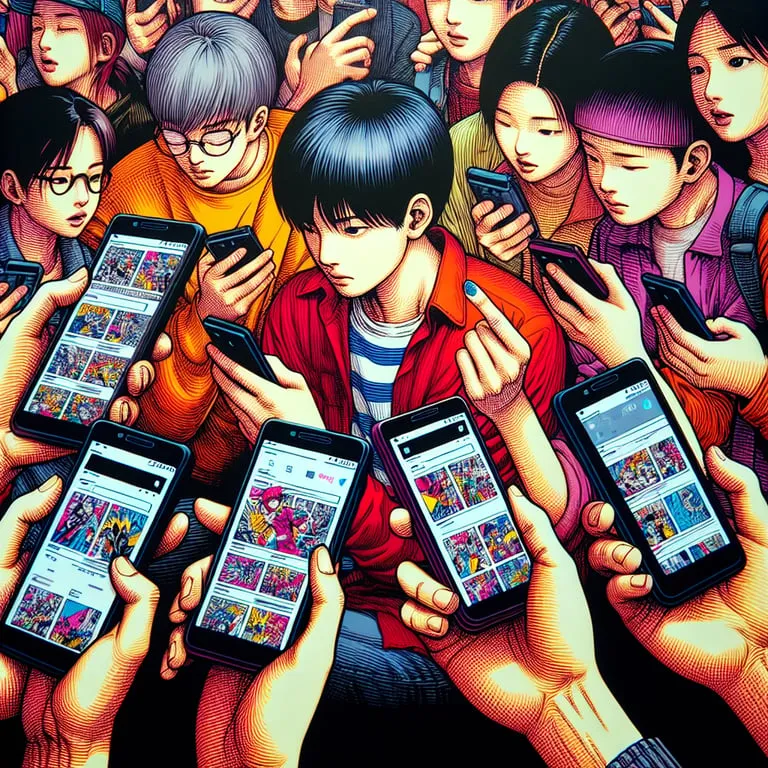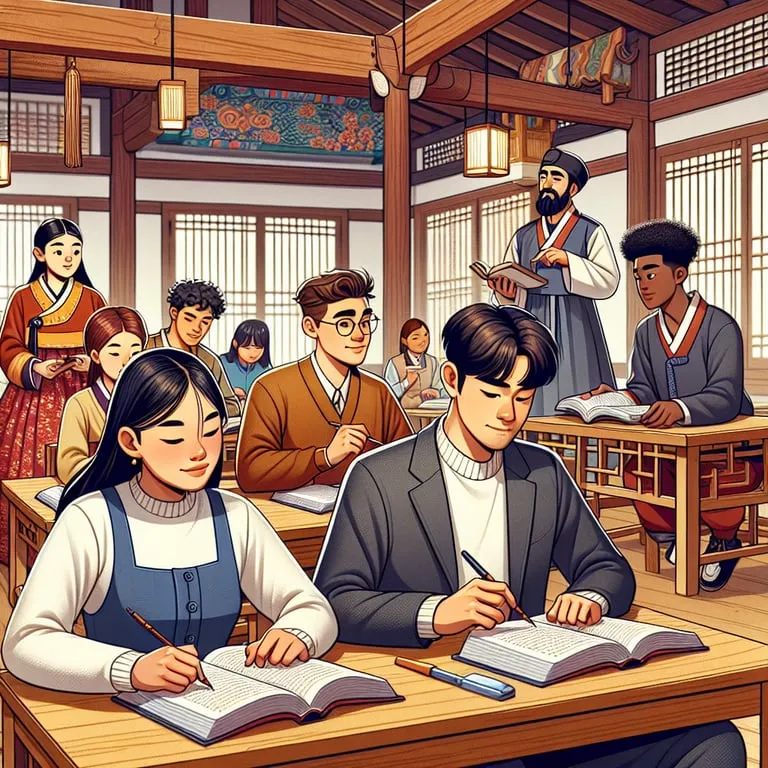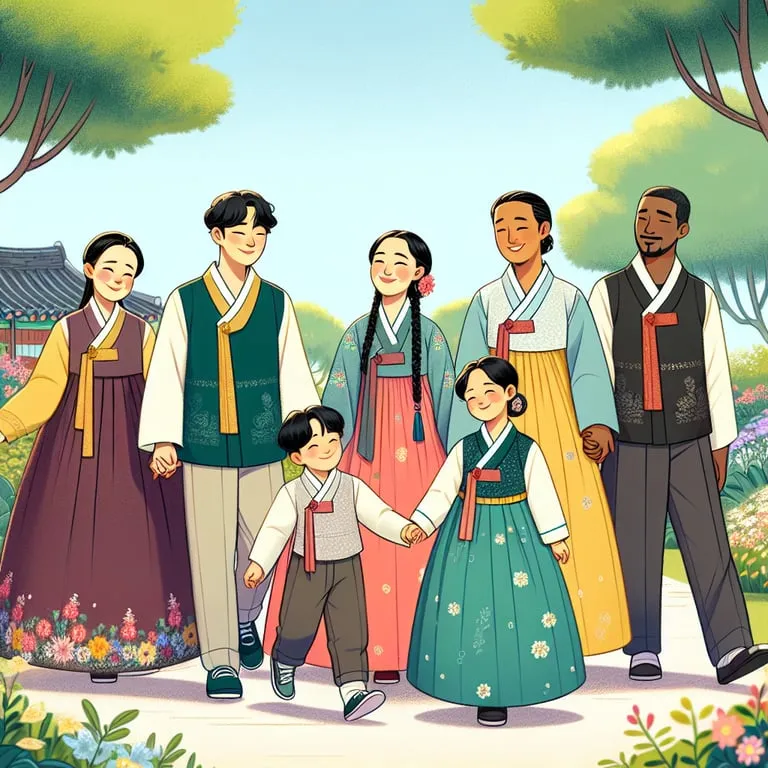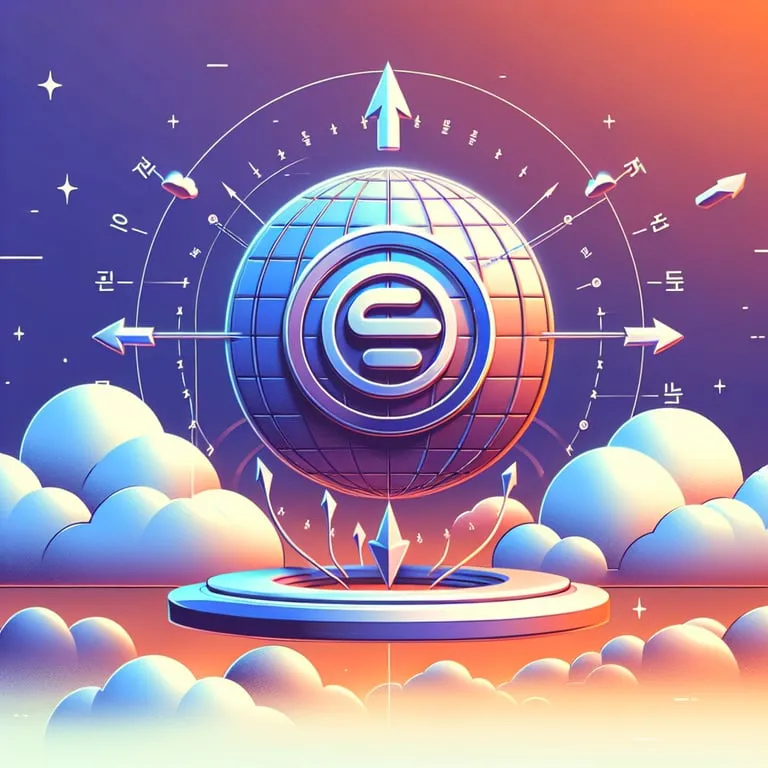Busan, a vibrant city located along South Korea’s southern coast, is a prime destination for those seeking both relaxation and adventure. Its stunning beaches offer the perfect coastal getaway, where visitors can bask in the sun, partake in thrilling water sports, or explore the local seafood cuisine. With a variety of beaches to choose from, each presenting unique scenery and activities, Busan ensures a memorable experience for every visitor. Whether you’re lounging on the sand or diving into culinary delights, these beaches promise an experience rich in both culture and excitement. Consider safety tips to enhance your visit, ensuring a fulfilling and secure trip to these coastal gems.

Best Beaches in Busan for Sunbathing
Busan, South Korea’s second-largest city, dazzles with a coastline that stretches approximately 56 kilometers, offering an unparalleled array of beaches perfect for sunbathing enthusiasts. Renowned for their soft sands and scenic views, Busan’s beaches are not just a haven for relaxation but also a crucial aspect of the region’s tourism appeal. Let’s delve into the most exceptional sunbathing spots that this coastal metropolis has to offer.
Haeundae Beach
First on the list is the iconic Haeundae Beach, a 1.5-kilometer stretch of pristine sand, widely recognized as one of South Korea’s top beach destinations. It’s not only popular among locals but also draws international visitors, accumulating nearly 10 million beachgoers annually. Haeundae provides an idyllic setting for sunbathing, with its smooth sand and uniformly mild waves, making it a peaceful spot to bask under the sun. It’s no surprise that this beach exudes a cosmopolitan flair, with numerous beach umbrellas and sunbeds dotting the shore.
Gwangalli Beach
Next, consider Gwangalli Beach, an emerging favorite that stretches 1.4 kilometers and is often bustling with youthful energy. Its arc of fine sand pairs excellently with views of the majestic Gwangan Bridge, which adds a breathtaking backdrop as you soak up the sun. Visitors can expect water temperatures averaging 22°C in the summer, offering a refreshing dip in between sunbathing sessions. The surrounding area’s vibrant café scene provides a perfect post-sunbathing retreat, making it not just a sunseekers’ paradise but a social hub as well.
Songjeong Beach
Songjeong Beach offers a slightly more subdued experience, situated a bit off the beaten path in the northeastern part of Busan. This beach extends for about 1.2 kilometers and is particularly recognized for its family-friendly atmosphere and charming seaside ambiance. The gentle slope and shallow depth of the water make it especially safe for swimmers of all ages, while the beach’s unique crescent shape provides a sense of seclusion and tranquility, ideal for uninterrupted sunbathing.
Dadaepo Beach
Now, if you’re one for lesser-known gems, Dadaepo Beach might just be your perfect discovery. Situated on the southwestern tip of Busan, this expansive beach is less crowded and offers a serene environment for sun worshippers. The 9.7-kilometer-long beach is famous for its stunning sunsets, which can be best enjoyed after a day of lounging and soaking in the sun’s golden rays. Did you know Dadaepo is part of the migratory path for diverse bird species? You might just be treated to a mesmerizing spectacle of birds in flight as the day winds down.
Ilgwang Beach
Not to be overlooked, Ilgwang Beach provides a refreshingly rustic experience, stretching out for about 1.8 kilometers along the brisk waters of the East Sea. Known for its beautiful stretches of sand and whispering waves, Ilgwang offers a more intimate sunbathing experience. The beach’s lower profile means it’s less commercialized, providing a perfect place for sunbathers seeking a peaceful, nature-immersed escape.
Natural Pine Forests
For those interested in balance between sun and shade, the pine forests behind some of these beaches, notably Haeundae and Songjeong, offer a natural break from the sun’s intensity. The forests, spanning multiple hectares, are ideal for a brief respite under the trees, allowing beachgoers to relax amidst the cool breeze and natural beauty.
While Busan boasts these exemplary beaches for sunbathing, the city’s commitment to maintaining beach cleanliness and safety standards is what truly enhances the sunbathing experience. Each beach operates stringent measures for water quality, sanitation, and crowds during the peak season, ensuring that visitors can enjoy their time under the sun without worry.
So whether you’re swaying in a hammock under the sun at Haeundae or feeling the soft sands of Songjeong, Busan’s beaches provide a truly diverse palette for all sunbathing enthusiasts. Each spot brings its unique charm, catering to varied preferences and promising a superior sunbathing experience. The beach scene here is not merely a picturesque coastal getaway but a testament to Busan’s rich maritime allure.
Water Sports and Activities Along the Coast
Busan, renowned for its stunning coastal vistas, boasts an array of exhilarating water sports and activities that promise both adventure and relaxation. With approximately 51 kilometers of coastline, the city offers an unparalleled playground for water enthusiasts. Whether you’re a thrill-seeker or a leisure athlete, Busan’s coastal waters cater to a diverse range of preferences.
Surfing at Gwangan Beach
One of the most popular water sports in Busan is surfing. Gwangan Beach, with its consistent waves and vibrant surf culture, has become a hotspot for surfers of all skill levels. The beach features waves reaching heights of up to 1.5 meters, making it an ideal place for beginners to learn the ropes while offering enough excitement for more advanced surfers. Local Surf Clubs, such as Busan Surf School, provide professional instructions and rent quality boards, ensuring a comprehensive experience.
Windsurfing at Dadaepo Beach
Windsurfing aficionados should set their sights on Dadaepo Beach. The unique wind currents create optimal conditions for windsurfing, with average wind speeds ranging from 10 to 15 knots, particularly favorable during the late spring and early autumn months. Dadaepo’s broad beach expanse offers ample space for enthusiasts to glide across the waters with ease and precision. The Busan Windsurfing Federation organizes annual events that attract windsurfing pros and amateurs alike, adding a competitive edge to the experience.
Diving at Taejongdae
For those inclined towards diving, the jagged coastline of Taejongdae presents an awe-inspiring underwater world. With visibility ranging from 10 to 25 meters, depending on seasonal conditions, divers can explore sprawling coral gardens, rocky outcrops, and an abundance of marine life. Dive operators, such as Busan Dive Academy, provide guided tours and PADI certification courses, ensuring that even novices can explore these underwater realms safely and confidently.
Kayaking at Haeundae Beach
If a more relaxed experience is your goal, kayaking across Haeundae Beach offers a serene yet invigorating escape. The gentle tides at Haeundae make it incredibly beginner-friendly, with kayaking routes that highlight the panoramic beauty and tranquility of Korean waters. Kayaks and equipment are available for rent, and guided tours provide a fascinating insight into the local ecosystem, often pointing out marine wildlife that inhabits this vibrant region.
Group Activities at Songjeong Beach
Beyond individual pursuits, group activities such as banana boat rides and jet skiing draw crowds to Songjeong Beach, a favorite spot for both locals and tourists. Jet skis can accelerate to speeds up to 85 km/h, offering an adrenaline-charged experience against the scenic backdrop of Busan’s coastline. Meanwhile, banana boat rides are perfect for families or groups of friends, providing fun-filled experiences as boats bounce over the waves, often leading to joyous laughter and inevitable splashes.
Parasailing in Yonghoman Bay
The burgeoning popularity of parasailing in Yonghoman Bay gives visitors a bird’s-eye view of Busan’s stunning shoreline. Ascend to altitudes of up to 300 meters, tethered safely to speed boats, providing an unparalleled vantage point to appreciate the sprawling cityscape against the endless ocean horizon. Parasailing operators emphasize safety, utilizing state-of-the-art equipment, and trained professionals guide you through an exhilarating flight experience.
Stand-Up Paddleboarding (SUP) on Busan’s Beaches
Not to be overlooked, Stand-Up Paddleboarding (SUP) is a growing trend along Busan’s beaches. This activity combines balance, strength, and relaxation, and is particularly enjoyable at sunrise or sunset when the waters are calmest. Gamcheon Culture Village, as seen from the water, provides an extraordinary backdrop. SUP enthusiasts often enjoy paddling along the beach’s stretch, offering an immersive way to engage with the calm yet dynamic coastal environment. Equipment rentals and beginner workshops are readily available, encouraging new paddlers to join the fray.
Indeed, Busan’s coastal waters are a mecca for aquatic sports lovers seeking both thrill and leisure. The diversity of activities available highlights the city’s commitment to promoting water sports tourism, supporting a culture that cherishes the ocean’s boundless possibilities. Whether you’re navigating the Pacific’s challenges or enjoying its calming embrace, Busan’s coastline guarantees an unforgettable experience to all who venture into its azure depths.
Coastal Dining: Seafood Delights in Busan
Busan, nestled along South Korea’s picturesque southern coast, is not only famous for its stunning beaches but also for its opulent coastal dining experiences that are a culinary revelation! Recognized as a haven for seafood connoisseurs, Busan offers a diverse array of maritime delights, making it a gastronomic epicenter that you simply cannot afford to miss. This city’s proximity to the East Sea bestows it with an abundance of fresh seafood, bringing impeccable quality and unprecedented flavor to its coastal dishes.
The Renowned Jagalchi Fish Market
One of the highlights of Busan’s seafood scene is the renowned Jagalchi Fish Market, the largest in South Korea. This bustling market, sprawling over 70,000 square meters, is a living testament to Busan’s rich maritime culture. Here, you can witness an intriguing spectacle as vendors display a vibrant assortment of seafood. Everything from plump, freshly-caught octopuses to glistening mackerels and every conceivable type of shellfish can be seen here, all the while engaging in lively bargaining with enthusiastic sellers.
Bountiful Culinary Experiences
Beyond markets, the restaurant scene fiendishly rivals the appeal of its marine bounty, boasting specialties that are often astonishing. Busan is particularly famous for its Hwe, South Korea’s answer to Japanese sashimi. This dish is typically enjoyed with a generous dollop of ssamjang (a spicy, savory mix of fermented soybean paste and red chili paste), and a swig of soju, setting off an authentic taste adventure. Seasonal variations, often determined by the freshest catches, ensure that every dining experience is unique!
For a more upscale culinary journey, visit one of Busan’s exclusive restaurants overlooking the majestic coastline. Omakase dining here leverages the freshest seasonal ingredients, commitment to excellence demonstrating Michelin star-quality artistry! Imagine enjoying courses featuring Gejang, a succulent dish of marinated raw crabs, or Teugjang-guk, a robust soybean paste stew made with opulent fish cuts, while a backdrop of the tranquil sea enriches your palate with every bite.
Seafood Festivals Galore
Busan also hosts annual seafood festivals that draw crowds from across the region, such as the much-anticipated Haeundae Sand Festival. Food stalls line the beach, featuring a cornucopia of seafood-themed delights. These festivals not only provide a feast for your taste buds but are laden with cultural performances and interactive cooking demos that transport you into the heart of Korean culinary traditions.
Marine Sustainability Efforts
In a time where sustainability has become paramount, Busan has taken proactive measures to promote responsible fishing practices. The city has been recognized for its initiatives to ensure that overfishing does not compromise the future availability of seafood through government-aided sustainable practices. Programs focus on replenishing depleting stocks and regulating fishing seasons, ensuring you can savor these aquatic treasures guilt-free!
Diverse Palette Accommodations
Moreover, if diving into traditional Korean seafood seems daunting, fear not! Coastal dining in Busan is incredibly diverse. International dining settings can accommodate various palates, offering fusion dishes where Western culinary techniques meet Korean ingredients with spectacular results. Dine in at a chic seaside bistro offering seafood pasta, where freshly caught native lobsters lend a befitting Korean twist to a classic Italian favorite.
In conclusion, coastal dining in Busan is a multi-faceted experience encompassing interactive markets, upscale Michelin-standard eateries, enthralling festivals, and a commitment to sustainability. This city envelops you in a confluence of flavors, traditions, and innovations you’ll want to relish time and again. Immerse yourself in this captivating paradise where the sea brings forth its richest treasures, all on a platter for you to savor amidst the coastal breeze. Bon appétit!
Tips for a Safe and Enjoyable Beach Visit
Visiting the sun-kissed shores of Busan’s beaches can be a captivating experience, steeped in natural beauty and invigorating activities. However, venturing into this coastal paradise requires not only enthusiasm but also a measured approach to safety and comfort. Here are a few comprehensive tips that ensure your beach visit is both safe and enjoyable.
Understanding Tidal Conditions
Firstly, understand the tidal conditions. Each beach has its own unique tidal pattern, influenced by gravitational forces, moon phases, and coastal topography. For instance, Haeundae Beach experiences a dramatic tidal range due to its location on the eastern edge of the Korean Peninsula. Being aware of local tide schedules (readily available through Korean Meteorological Administration apps or kiosks on the beach) can prevent unexpected high tides from catching you by surprise.
Protecting Your Skin
Skin protection is paramount, particularly during the peak UV radiation hours between 10 a.m. and 4 p.m. Employ a broad-spectrum sunscreen with a Sun Protection Factor (SPF) of at least 30. When you reapply every two hours, it creates a protective barrier against UVA and UVB rays. But don’t stop there—consider wearing UV protective clothing, hats, and sunglasses to shield sensitive areas from sun exposure.
Importance of Hydration
Hydration cannot be overstated! As captivating as sunbathing on Busan’s sandy tableau is, the southeastern climate can be deceivingly dehydrating. Adults should aim to drink at least 2 liters of water daily, which increases if you’re participating in physical activities. Water bottles are accessible at most beachside kiosks, so keep one handy at all times.
Marine Safety Standards
Understanding marine safety standards can be life-saving. Familiarize yourself with the color-coded safety flags used by local lifeguards; a red flag suggests dangerous conditions, while a yellow flag indicates caution. Ensure that all swimming takes place within designated safe zones, marked by buoys, especially during the monsoon season when currents can be unpredictable.
Being Aware of Local Wildlife
Stay informed about local wildlife. Busan’s coastlines are stunningly diverse, home to everything from harmless crabs to the occasional jellyfish bloom. While many marine animals are harmless, some, like jellyfish and sea urchins, can cause discomfort. If stung, medical assistance is available on-site; address it immediately to prevent complications.
Having a First Aid Kit
Moreover, always have a first aid kit at hand. Simple supplies such as adhesive bandages, antiseptic wipes, and pain relievers can quickly address minor injuries. Such preparations enable you to focus on relaxation without unforeseen interruptions.
Practicing Leave-No-Trace Principles
To ensure that your visit is not only safe but ecologically sustainable, consider following leave-no-trace principles. Busan’s natural beauty is part of what makes it extraordinary, and maintaining its pristine environment ensures enjoyment for generations to come. Dispose of trash in provided receptacles, and avoid picking or disturbing local plant life.
The Buddy System
Finally, understand the importance of a buddy system. Whether engaging in water sports or exploring rocky shorelines, having someone to watch your back can be invaluable. This practice not only enhances safety but doubles the fun and creates shared memories that deepen the experience of your coastal adventure.
By integrating these strategic tips into your beach outing, you elevate a simple visit into a seamless blend of tranquility, safety, and eco-conscious enjoyment. Each measure you take informs the depth and quality of your adventure, ensuring that your time by these shimmering shores is nothing short of unforgettable.
Busan’s beaches offer an exceptional blend of relaxation and adventure for travelers seeking a coastal escape. From sunbathing on pristine sands to engaging in thrilling water sports, the diversity of activities caters to every preference. Indulging in fresh seafood along the coast enhances the experience, providing a taste of local culinary excellence. Prioritizing safety and being prepared ensures a memorable visit to these beautiful shores. Whether you’re drawn by the call of the waves or the allure of seafood delights, Busan promises an unforgettable beach getaway. Visit and explore the coastal marvels at your own pace, with confidence and anticipation.
“The Rise of Korean Street Fashion: Trends and Influences”
“Exploring Korean Folklore: Myths and Legends”
“Korean Traditional Festivals: Celebrations Throughout the Year”
“The Art of Korean Pottery: From Celadon to Contemporary Ceramics”
“Korean Pop Culture’s Impact on Global Beauty Standards”
“A Guide to Korean Traditional Music: Instruments and Genres”
“Understanding Korean Etiquette: Do’s and Don’ts”
“The Influence of Korean Cuisine on Global Food Trends”
“Exploring the Han River: Activities and Attractions”
“Korean Literature: Must-Read Books and Authors”
“The History and Significance of Korean Shamanism”
“Korean Architecture: From Ancient Palaces to Modern Skyscrapers”
“A Guide to Korean Street Markets: Shopping and Street Food”
“The Role of Confucianism in Korean Society”
“Exploring Korea’s National Parks: Nature and Hiking Trails”
“Korean Animation: The Growth of ‘Manhwa’ and Its Global Impact”
“The Evolution of Korean Cinema: From Classics to Modern Hits”
“Korean Tea Culture: Varieties and Traditions”
“Exploring Jeonju: The Heart of Korean Traditional Culture”
“The Impact of Korean Technology Companies on the Global Market”
“Korean Traditional Medicine: Practices and Benefits”
“The Significance of Family in Korean Culture”
“Exploring Korean Contemporary Art: Artists and Exhibitions”
“The Role of Education in Korean Society: A Cultural Perspective”
“Korean Proverbs and Their Meanings: Insights into the Culture”
“The Popularity of Korean Webtoons: A New Era of Comics”
“Exploring Busan’s Beaches: A Coastal Getaway”
“Korean Martial Arts: Beyond Taekwondo”
“The Influence of Buddhism on Korean Art and Culture”
“Korean Home Cooking: Recipes and Techniques for Beginners”








